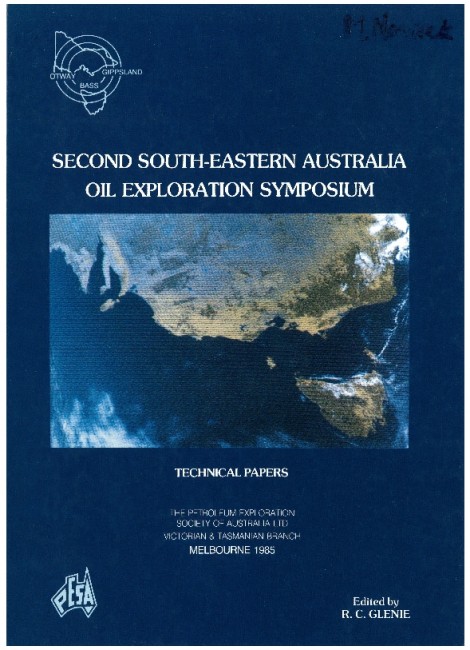Publication Name: Second South-Eastern Australia Oil Exploration Symposium - Technical Papers
Authors: P.R. Evans
Date Published: December 1986
Number of Pages: 24
Reference Type: Book Section
Abstract:
Generally accepted reconstructions of the Australian, Antarctic and related cratonic plates adjacent to the southwest Pacific in pre-Late Cretaceous times place the Gippsland Basin, southeast Australia, and the Taranaki Basin of western New Zealand on opposite sides of the Late Cretaceous-Paleocene Tasman rift zone. The timing of events, structural styles, sedimentary facies and igneous activity of both basins reflect some of the processes by which the crust has deformed and arrived at its present configuration.Deformation was caused by rotation of Australia and the Lord Howe Rise away from and around Antarctica during the Cretaceous. The shear component of this rotation was taken up by development of the New Zealand orocline. Major and subsidiary fractures and flexures in both the Gippsland and Taranaki Basins accommodated strain of the crust adjacent to the orocline. Fracture systems in both basins continued to move but with diminishing energy during the latest Cretaceous-Paleocene opening of the Tasman Sea.
Once the Lord Howe Rise and the Campbell Plateau were well separated from Australia and Antarctica in the Neogene, they acted as independent blocks, movements between which induced subsequent deformation of the Taranaki Basin. Neogene deformations in Gippsland were due to independent rotations between Tasmania and mainland Australia.


